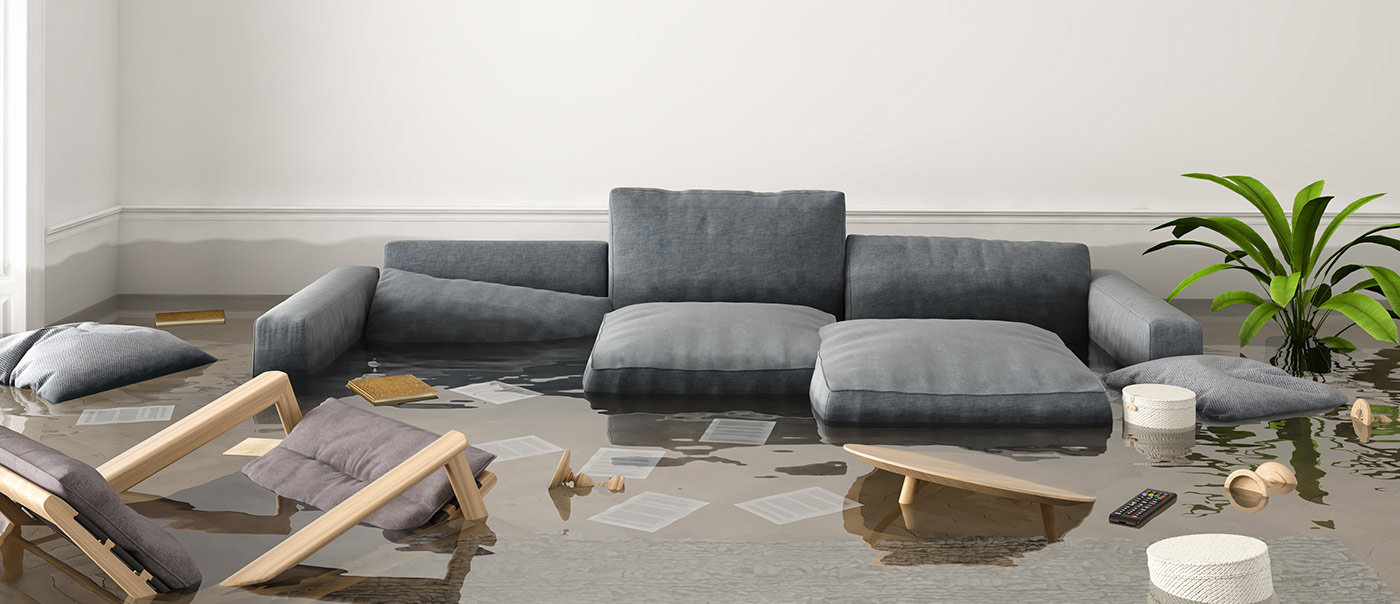For a growing number of Canadians who have experienced basement flooding, they describe it using remarkably similar language–you wouldn’t wish it upon your worst enemy.
As Canada’s most formidable and growing climate challenge, the question many homeowners are asking themselves is, “What, if anything, can I do to avoid a flooded basement?”
While your job is to educate and help make sure your clients feel confident and comfortable in their new home, it’s impossible to predict the weather.
We’ve put together several precautionary steps your clients can take to limit potential damage ahead of flood season based on the recent report from the Intact Centre on Climate Adaption at the University of Waterloo’s School of Environment, “Before the Storm: Flooding is hitting homeowners hard, but there’s a lot that can be done to keep yourself dry”:
Inside the home

- Sump pumps should be tested to ensure they have not seized, and they discharge water. This can be accomplished by pouring a bucket of water in the sump well.
- Additionally, because power often goes out during major storms, a back-up battery which can power a pump for up to 72 hours should be installed.
- Basement flood drains should be checked to ensure they aren’t blocked by obstructions.

- Valuables and mementos should be stored in waterproof containers, at least a meter above the basement floor to ensure they’re not subject to water damage.
Every homeowner is encouraged to implement these simple actions as a first line of defence against basement flooding. These steps can save your clients money when it comes time to purchasing insurance.
Outside the home

- Once in the spring and once in the fall, and following any major wind storm, leaves should be swept away from storm drains, which allows water to drain without restraint.
- During a major storm, homeowners should inspect their property for water pooling close to the foundation. After a storm, these areas of depression should be filled and graded to direct water away from the foundation.

- In the fall, after trees shed their leaves, eaves should be cleaned. Additionally, if downspouts drain into a weeping tile system, they should be disconnected, extensions added, and water should be directed to a safe discharge location two meters from the foundation.

- Plastic covers should be placed over window wells, thus allowing light to enter, but preventing water from filling the window well during major storms.
If you’d like to learn about how your clients can better prepare for flood season, visit the Intact Centre on Climate Adaptation.




